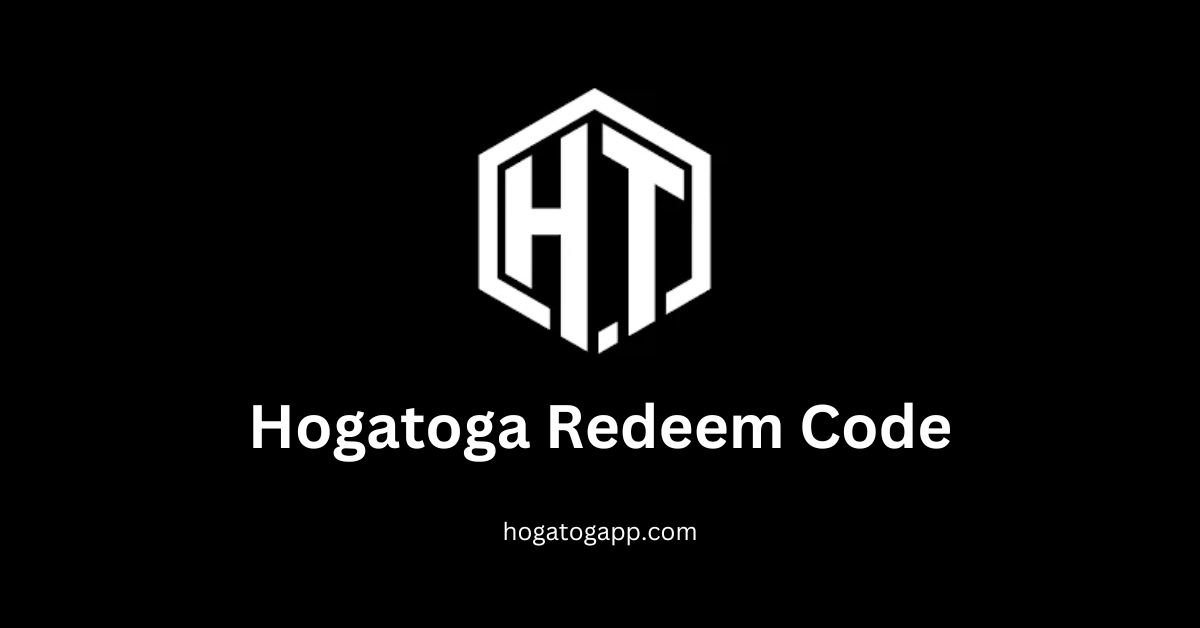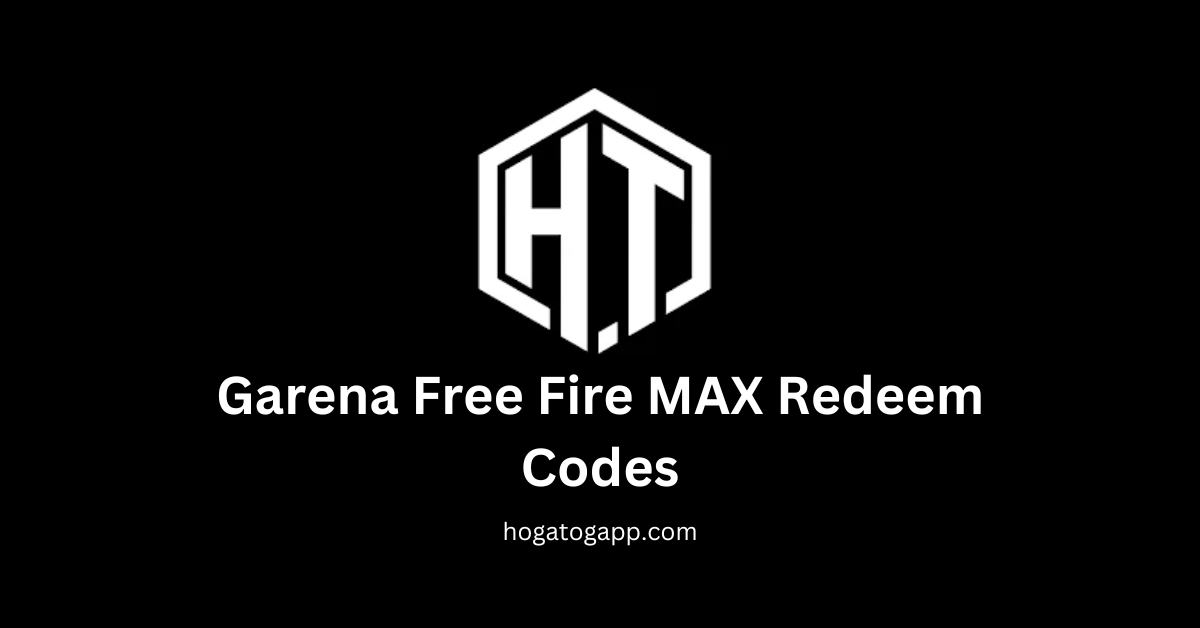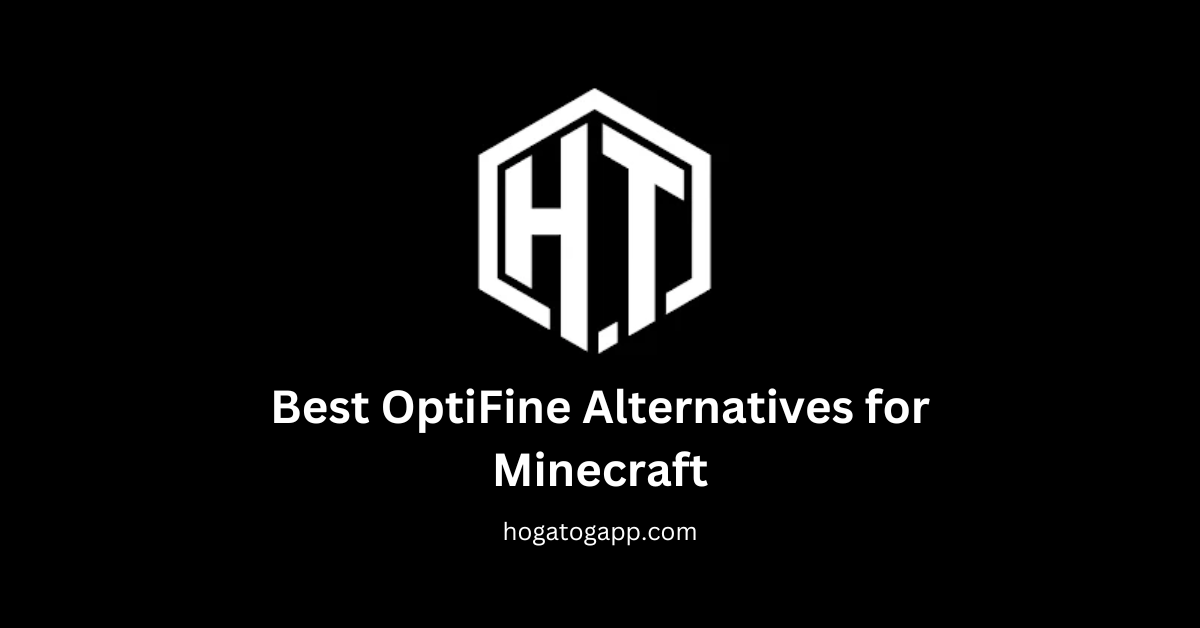Halo: Combat Evolved, released in 2003, is a milestone in gaming history, not just for its groundbreaking first-person shooter mechanics but also for its rich, immersive visual design. A significant part of that visual experience comes from the meticulously crafted halo (2003) game icons banners, which became integral to both the gameplay and the narrative.
This article delves into the secrets behind Halo’s iconic game icons and banners, examining how they contributed to its success and left a lasting impact on the gaming industry.
The Design Philosophy Behind Halo’s Game Icons

Early Concepts and Evolution
The design of halo (2003) game icons was rooted in simplicity, ensuring that players could instantly understand and react to gameplay cues. From health indicators to weapon icons, the visual elements were crafted with both functionality and narrative in mind. As the game progressed, so did the complexity and refinement of these icons, integrating seamlessly into the expanding Halo universe. This evolution wasn’t just about improving aesthetics but enhancing player interaction and immersion within the game.
Simplicity, Functionality, and Memorability
Halo’s icons followed key design principles: simplicity, functionality, and memorability. Each icon, whether for weapons, health bars, or ammo, was designed to be instantly recognizable, ensuring players could focus on fast-paced combat without distraction. The distinct shapes and colors minimized cognitive load during intense gameplay, making them memorable while maintaining their essential functional role.
| Principle | Description |
|---|---|
| Simplicity | Icons are easy to understand at a glance, avoiding complex designs that might distract players. |
| Functionality | Each icon serves a clear purpose, communicating game status or actions effectively. |
These design choices established a benchmark in game development, illustrating how carefully crafted visual elements can optimize user experience without detracting from immersion.
Iconic Game Banners and Their Symbolism
In Halo: Combat Evolved, icons and banners play a pivotal role in enhancing both the gameplay experience and the narrative immersion. The game’s user interface, populated with carefully designed icons, allows players to quickly recognize essential information such as weapon status, health levels, and objectives. These icons are not merely decorative; they provide players with crucial real-time information that helps them make swift decisions during fast-paced combat scenarios. For example, weapon icons let players instantly know which weapon they are using, its ammo count, and whether it’s appropriate for the combat situation.

Banners, on the other hand, contribute significantly to both gameplay strategy and narrative depth. In multiplayer modes, banners are used to denote faction territories and team affiliations, offering players clear visual cues to navigate the battlefield. These banners are strategically placed to help players quickly identify friend from foe, which is especially important during intense multiplayer battles. The use of faction-specific banners also adds to the storytelling, reinforcing the themes of conflict and alliance within the game’s universe.
Additionally, the placement of icons and banners throughout the game world and UI guides players intuitively through the story and gameplay objectives. Whether it’s distinguishing between enemy bases or navigating menus, these visual elements are essential in creating a cohesive, fluid experience that blends the narrative with the gameplay itself. This careful balance between functionality and aesthetic design in Halo‘s icons and banners is a key factor in the game’s success and lasting appeal.
Moreover, here are the Role of Icons and Banners in Gameplay:
Symbolism in Banners
The halo 2003 game banners: Combat Evolved are far more than decorative elements. Each faction, whether the UNSC (United Nations Space Command) or the alien Covenant, is represented through unique banners and emblems that visually convey their identity, values, and narrative roles. The UNSC banners, for instance, often feature military symbols with clean, earth-tone designs symbolizing human resilience, while the Covenant’s banners reflect alien mysticism and threat through intricate, unfamiliar patterns.
These banners are strategically placed throughout the game’s environment and multiplayer maps, serving both narrative and functional purposes. They not only reinforce the game’s lore but also help players quickly identify faction territories, enhancing both immersion and gameplay strategy.
| Faction | Symbolism in Banners |
|---|---|
| UNSC | Military symbols representing strength and unity. |
| Covenant | Alien designs reflecting mystery and threat. |
Functional Uses in Gameplay
Beyond their symbolic importance, banners play a functional role in multiplayer modes, where they help players identify team affiliations and enemy bases. The visual cues provided by these banners allow for quick tactical decisions in the heat of battle, giving players an edge by distinguishing friend from foe in chaotic scenarios.

In addition, banners are incorporated into the game’s interface, guiding players through menus and loading screens. This creates a cohesive visual experience that is as much a part of the game’s storytelling as it is a tool for navigation.
The Role of Icons and Banners in Gameplay
Enhancing the User Interface
In halo (2003) game icons banners: the game’s icons and banners are deeply integrated into the user interface (UI), ensuring that players can quickly grasp essential information without losing immersion. Weapon icons, for instance, provide instant recognition during fast-paced combat, enabling players to switch strategies on the fly without confusion. This fluid UI design contributed to the game’s overall success by enhancing both the narrative and the gameplay experience.
Visual Cues for Strategic Gameplay
Banners and icons in Halo do more than communicate information; they guide players through the game’s environments and objectives. In multiplayer modes, for example, banners indicate territories and team alignments, which are crucial for strategic movements and control in battle. These halo 2003 game icons banners visual cues help maintain the game’s flow and allow players to make quick, informed decisions during intense gameplay moments.
| Element | Function |
|---|---|
| Weapon Icons | Provide quick recognition and status information. |
| Banners | Indicate faction territories and alignments in multiplayer. |
Customization of Halo’s Icons and Banners
Personalization Options
While the original Halo: Combat Evolved had limited in-game customization for icons and banners, the Halo community has taken customization to new heights through mods and third-party tools. Players have created custom icons and banners, adding a personal touch to their gaming experience. This has allowed fans to personalize their multiplayer environments and enhance the emotional connection to the game.
Community Mods and Tools
The modding community for Halo is vibrant, with players creating custom icons, banners, and even entire UI overhauls. Tools like Photoshop and GIMP are commonly used to design high-quality graphics, which can then be integrated into the game through modding software. This allows players to express their individuality and creativity within the game’s world, further enhancing the multiplayer experience.
| Customization Type | Tools Needed | Description |
|---|---|---|
| Icon Customization | Modding Software (e.g., Halo Map Tools) | Allows players to replace or alter existing game icons. |
| Banner Customization | Graphic Design Software (e.g., Photoshop) | Enables creation of new banners to be added via mods. |
Halo’s Visual Impact on Modern Gaming
Influence on Game Design
The success of Halo’s visual design, particularly its icons and banners, has had a lasting influence on modern game development. The clarity and effectiveness of its UI elements, from weapon icons to health indicators, set a new standard for intuitive, functional design in gaming. These visual elements are studied in game design courses and emulated by developers in the creation of new games.
Cultural Significance
Beyond its functional role, Halo’s iconic imagery—from the Master Chief’s helmet to the UNSC and Covenant symbols—has become emblematic of the franchise. These symbols are recognized globally and are central to the game’s identity in both the gaming and science fiction communities. Halo’s visual legacy continues to inspire fan art, merchandise, and a dedicated fanbase.
Conclusion
The game icons and banners in Halo: Combat Evolved played a pivotal role in shaping both the gameplay experience and the game’s lasting cultural impact. These Halo (2003) game icons banners visual elements were not just functional but were designed with storytelling and immersion in mind, contributing to the game’s success and ongoing influence on the gaming industry. As a testament to the importance of thoughtful design, Halo’s visual elements continue to be celebrated by fans and studied by game developers, ensuring their legacy in gaming history.



